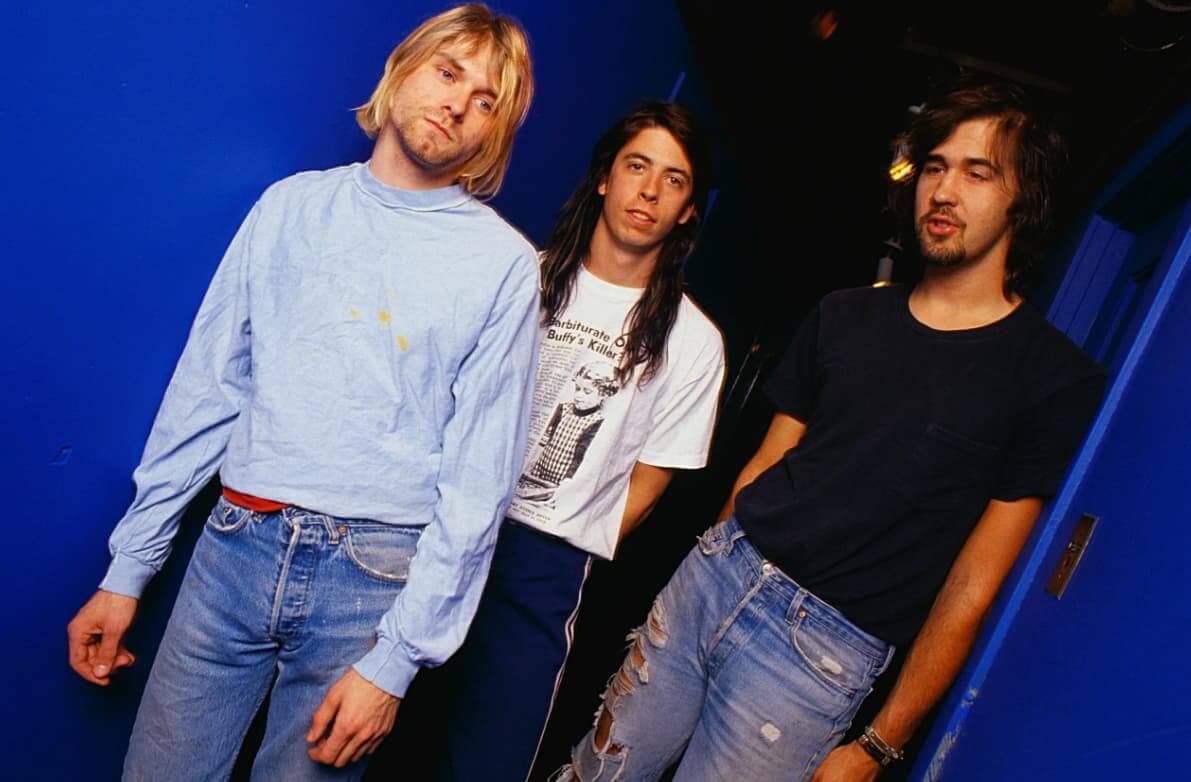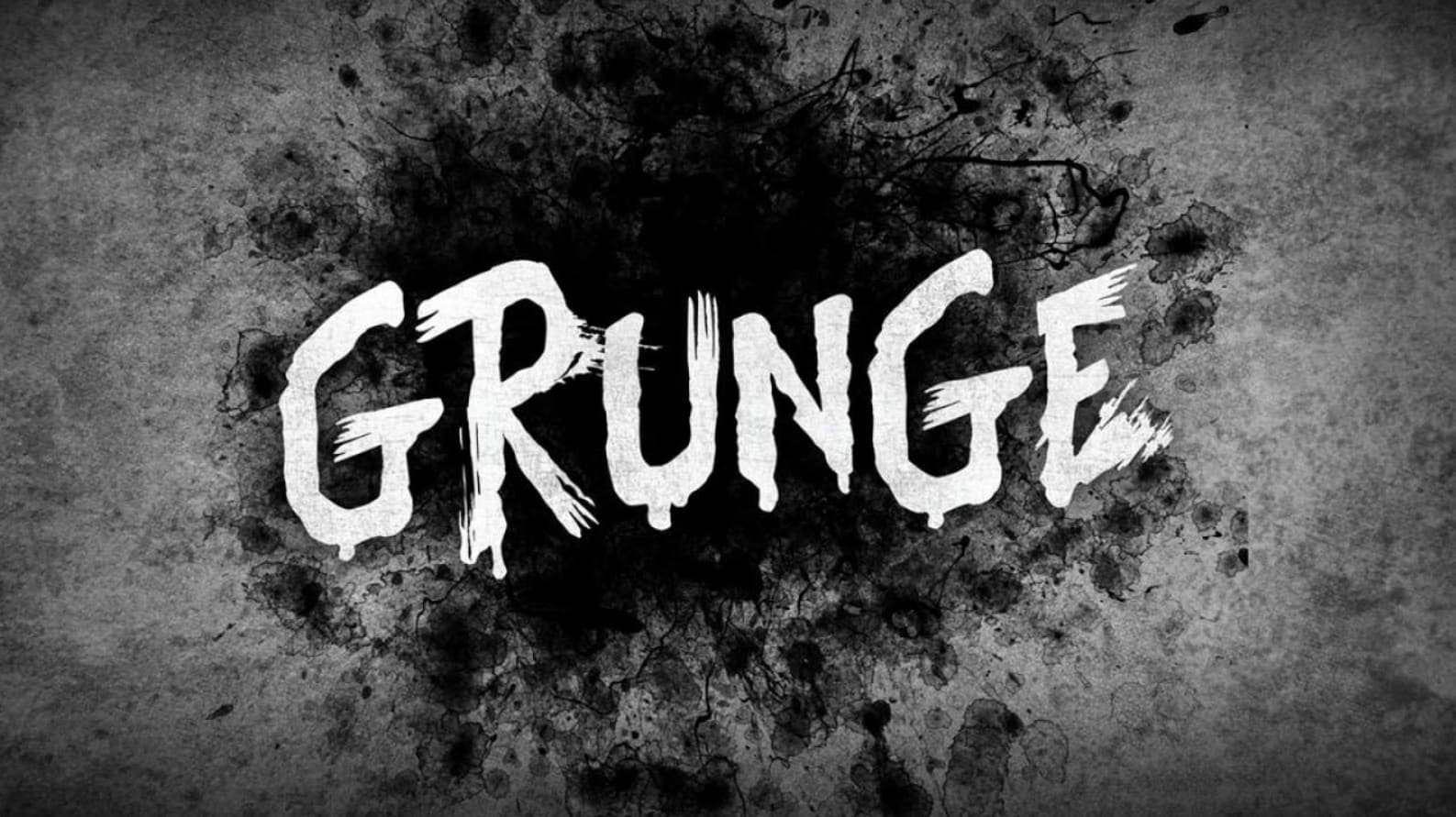When you think of “grunge” today, images of flannel shirts and penny wishes might come to mind. But back in the late 1980s and early 1990s, grunge was an emerging subgenre of hard rock and alternative music, far from the mainstream spotlight.
Origins
Grunge’s origins lie in punk rock and a mix of other genres like heavy metal, indie rock, and glam metal. Bands like the Pixies played a significant role in shaping its sound.
Sub Pop Records, based in Seattle, played a pivotal role in nurturing the genre, releasing many groundbreaking albums. However, grunge wasn’t strictly defined, encompassing a variety of styles emerging from Seattle at the time.

Defining Characteristics
Grunge music is marked by distorted guitars, simple arrangements, and lower-tuned guitars often accompanied by power chords. Drums keep a straightforward beat, while basslines and vocals bear the rawness of punk influences, featuring gritty screams without much melody.
The Popularity of a Subgenre
Grunge resonated with teenagers disillusioned with the excesses of the 1980s, offering an alternative to mainstream culture. Its authenticity appealed to those rebelling against societal norms, rejecting flashy appearances and seeking a sense of belonging.

Notable Bands
- Nirvana
- Pearl Jam
- Soundgarden
- Stone Temple Pilots
- Alice in Chains
- Temple of the Dog (a supergroup primarily consisting of members from Soundgarden and Pearl Jam)
- Tad
- Screaming Trees
- Mudhoney
- Mother Love Bone
- Green River

Conclusion
Grunge carved its own niche in music history, blending rough-edged rock sounds with a distinct culture and style. From its humble beginnings to its lasting impact, grunge remains an integral part of the rock landscape, cherished by fans worldwide.

